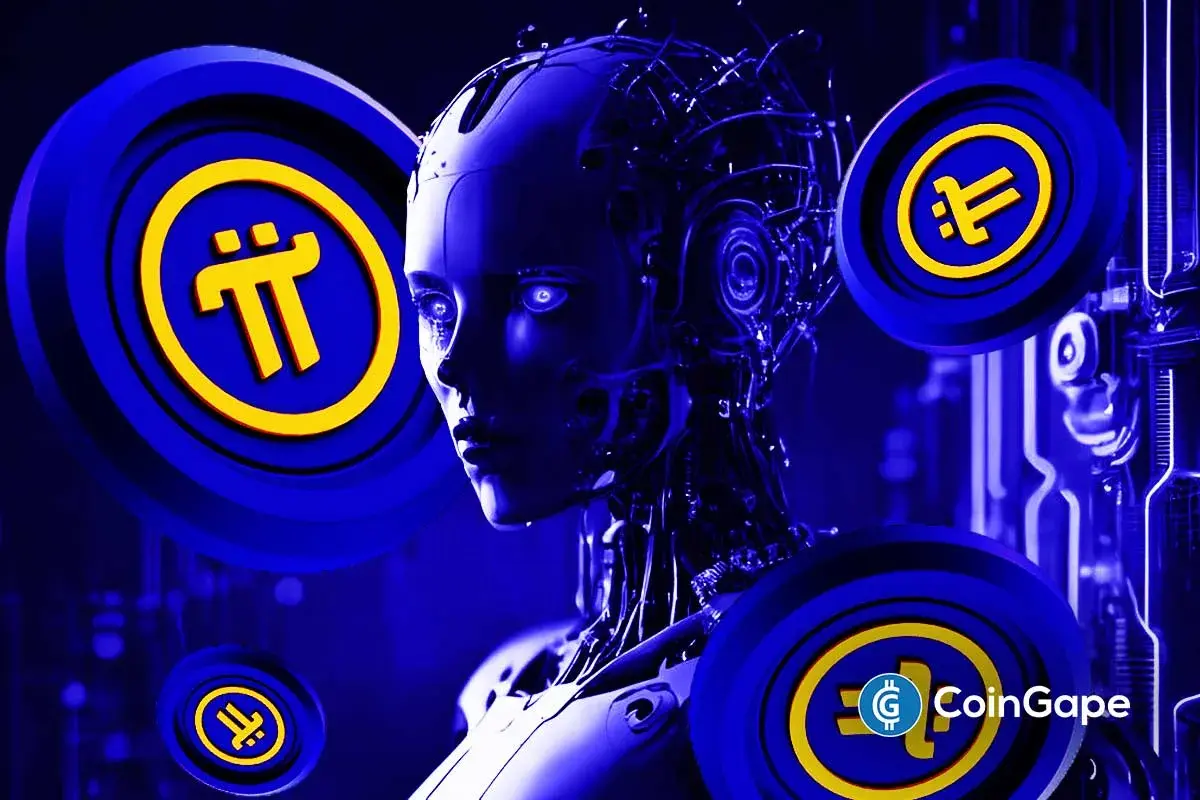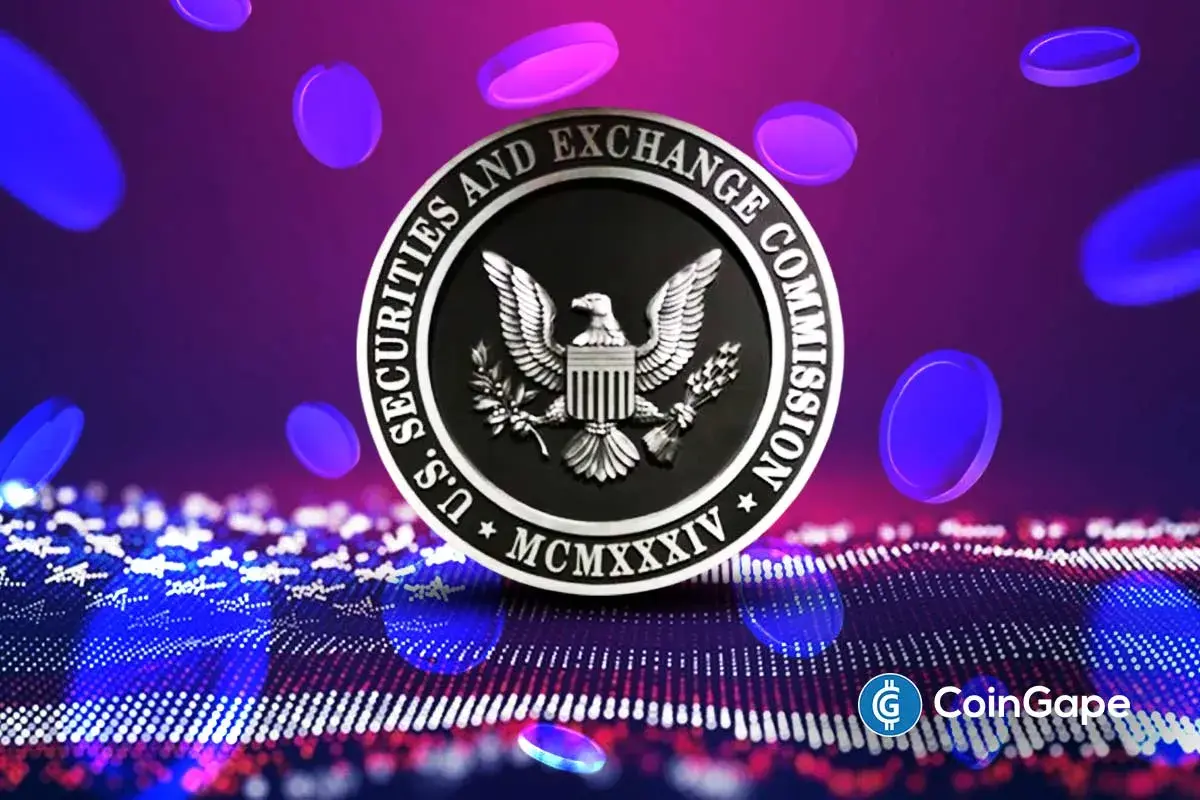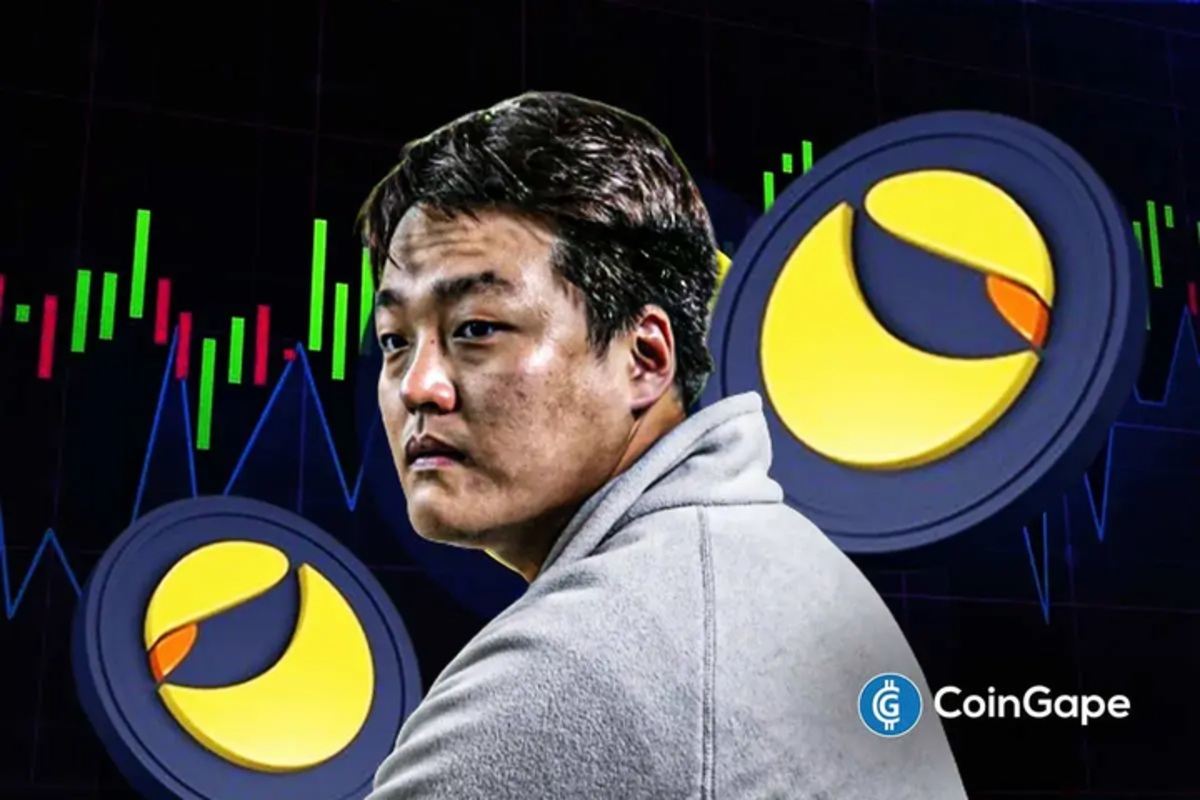Non-Fungible Tokens (NFTs): The Revolution “CryptoPunks” Started And Its Future Prospects

Non-fungible tokens (NFTs) took the world by storm earlier this year, soaring in popularity and crossing $2.5 billion in sales volume during the first half of 2021. The market continues to expand, gradually incorporating art, collectibles, entertainment, sports, and gaming industries to become one of the most promising sectors within the blockchain universe.
With Ethereum gaining prominence in early 2017, a project by the name of Peperium introduced “the decentralized meme marketplace and trading card game (TCG) that allowed anyone to create memes that live eternally on IPFS and Ethereum.” But the project didn’t gain mainstream attention, catering to a relatively limited audience of Reddit and 4chan users.
The same year in June, the world’s first “rare digital art” marketplace, CryptoPunks, came into existence, and the idea of digital collectibles started gaining momentum. However, NFTs hit the mainstream with the launch of CryptoKitties, a blockchain-based virtual game. The popularity of CryptoKitties coincided with the 2017 crypto bull market, adding more fuel to the fire and birthing a promising market.
The NFT market started gaining momentum in 2020, with 30,000 to 80,000 NFTs traded weekly. However, the market exploded in 2021 after more than $2 billion was spent on NFTs during the first quarter of 2021, marking a 2,100% increase in sales over the fourth quarter of 2020. In March 2021, graphic designer Mike Winkelmann (known as Beeple) sold an NFT for a record $69 million at a Christie’s auction. Jack Dorsey, the Founder and CEO of Twitter, sold an NFT of his first tweet for $2.9 million later the same month. This was just the beginning, as a rare digital avatar from CryptoPunks sold at Sotheby’s for more than $11.7 million in June 2021.
Besides checking milestones off its list, the NFT ecosystem continuously broadens its horizons with new features like financial NFTs, aNFTs, and geo-tagged NFTs, all of which support more creators and real-world use cases. The market is no longer limited to graphic designers and artists, as a slew of A-list celebrities, singers, musicians, sports personalities, and influencers join the race by periodically dropping exclusive NFTs.
While many consider the NFT craze just another fad that will fade away soon, the parabolic growth and market data suggest a surprisingly positive outlook for this emerging market. That said, let’s look closer at some projects shaping the future of digital assets and collectibles.
A Future That Goes Beyond Art And Collectibles
Collectibles within the gaming industry have soared in popularity, primarily due to the growth of NFT and play-to-Earn (P2E) games. With several blockchain games dropping rare NFTs, the number of bots and scalpers has concurrently grown at an unprecedented rate.
Splinterlands, one of the most popular NFT card trading games, will soon introduce bot and scalper protection to address this challenging situation harming fairness. Per the official announcement, Splinterlands will roll out these features in its upcoming Chaos Legion update, a highly anticipated update that will bring 15 million card packs. Each pack will consist of five cards, with one card guaranteed to be ‘rare’ or even better per pack.
Since each pack is priced at $4, the Splinterlands team aims to prevent users from hoarding these collectibles by implementing the “voucher” system. By employing the VOUCHER token, Splinterlands will implement a practical limit on the number of tokens minted daily and awarded to all players staking SPS tokens.
Taking this step will prevent the cards from flooding the secondary market right away, causing prices to plummet. The rule also prevents bots from acquiring packs and scalpers who do not stake SPS from participating. This welcome change eliminates a few concerns and issues without causing excessive friction. If successful, the concept can be mirrored by other blockchain-based games to ensure equal opportunities for all ecosystem participants.
Another promising project, Creaton, is working to overcome the limitations of Web 2.0 platforms. As a web 3.0 platform for subscription-based content sharing, content creators can retain full ownership of their content and distribute their content to their followers directly using existing standards with Creaton.
Hosted on the Polygon blockchain network, Creaton allows content creators to mint all their content into NFTs to be encrypted and uploaded to Arweave using the Lit Protocol. Viewers can subscribe to their favorite creators and subscribe to decrypt and view the content. The platform uses Superfluid to handle subscription payments, allowing fans to sign-up in real-time and pay via a decentralized system instantaneously instead of monthly, providing creators with continuous income streams from fans.
Furthermore, creators can limit access to their works by incorporating smart contracts and value-added blockchain technologies, preventing arbitrary bans, censorship, and payment delays, among other unwanted behaviors. To date, the platform has raised $1.1 million in funding from prominent investors, including BTSE Labs, Tykhe Block Ventures, and other angel investors.
Although the NFT market has grown substantially, there aren’t many platforms capable of professionally onboarding and servicing artists to create, market, and manage NFTs. This is where ENVOY comes into the picture, ingraining itself as an all-in-one platform that supports innovative project production, community cultivation, and stakeholder participation that caters to fans and collectors alike with a generous rewards system.
To meet the growing demand for innovation in the NFT space, ENVOY has developed a platform where real-world incentives accompany NFTs. The platform aims to offer its NFTs through cross-network channels and then broaden its reach through its social media platform, focusing on community and cross-platform cooperation. Additionally, ENVOY will allow users to buy and hold tokens, mine pearls, and use these pearls as a tool to unlock and earn yields through the ENVOY NFT Vault.
Commenting on the promising future of NFTs and how they will continue evolving to support more real-world use cases, Darius Kozlovskis, CEO of Drops, notes,
“I believe that the technology behind NFTs will go far beyond art or collectibles. There is a lot of development in the infrastructure for NFTs, which will add more use cases and will allow more freedom to move NFTs across different chains.”
Kozlovskis concludes,
“ This, in turn, will stimulate NFT financialization and bring new use cases for NFTs. GameFi and Metaverses will drive NFT adoption in the near term. Celebrities and media companies will also try to capitalize, and this process will introduce NFTs to a wider audience. The next big thing for the industry is financial NFTs, which will have a tight relationship with DeFi. All traditional finance papers can be represented as NFTs and be integrated with DeFi protocols.”
- Bitcoin Hyper Presale Review: How Utility is Unlocked With ZK-SVM Rollup
- Morgan Stanley Turns Bullish, Says Fed Will Cut Rates by 25bps This Month
- ETF Expert Nate Geraci Says Bitcoin Still Lacks Proof of Digital Gold Status
- Pi Network Update: Team Launches AI Tools to Boost KYC and Mainnet Migration for Investors
- U.S. SEC’s Crypto Task Force Sets Dec. 15 for Privacy Roundtable After Previous Delay
- Ethereum Price Holds $3,000 as Bitmine Scoops Up $199M in ETH; What Next?
- Solana Price Outlook Strengthens as Spot ETFs See $15.68M in Fresh Inflows
- Dogecoin Price Gears Up for a $0.20 Breakout as Inverse H&S Takes Shape
- Bitcoin Price Forecast as BlackRock Sends $125M in BTC to Coinbase — Is a Crash Inevitable?
- XRP Price Prediction As Spot ETF Inflows Near $1 Billion: What’s Next?
- Solana Price Outlook: Reversal at Key Support Could Lead to $150 Target

















